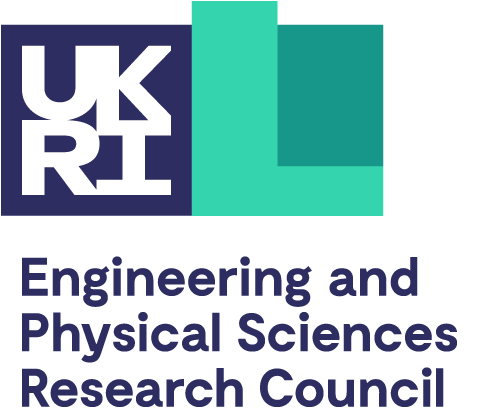Patients and other people with lived experience, such as carers, can offer valuable insights into the reality of facing, or living with a disease or condition and can help you better characterise the challenges and needs your technology might address.
Researchers new to health are frequently surprised by the priorities expressed by patients, who may place a greater emphasis on factors such as dignity and ease of use above enhanced clinical outcomes.
Many conditions, particularly chronic or recurrent ones, now have an active and engaged patient community that you should consider interacting with. In many cases, charities or clinical experts may be in a position to help you identify suitable patient groups or individuals who are interested in becoming involved with research.
While public engagement is important across all areas of research, it has particular importance for healthcare. People’s interactions with healthcare technologies can be amongst the most personal, intimate and invasive of all the interactions with technology that they will experience during their lives.
The nature of those experiences and people’s reactions to them can have profound effects on the success rates of the associated interventions and by extension the success or failure of your technology.
The most effective way to understand the concerns, questions and requirements of these potential users of your technologies is to embed their perspectives at the heart of your project from its inception.
While dissemination to a broad audience is important, meaningful engagement is about far more than just telling people about your research, it’s about doing research in partnership with members of the public rather than just doing research for or on them. By engaging with these stakeholders throughout your project you will minimise assumptions being made about what is desired or required by the patient group and therefore limit the chance your technology will be met with resistance.
The nature of research requires the approach to be flexible and adaptable to new information; use of design approaches that provide for continual sharing, feedback and iteration of a technology with patients can improve the chances of translation.
Beyond these more involved engagement routes, you may also wish to consider wider public engagement activities, which could range from small local groups to national activities. The scale and reach of a planned activity will depend on the desired audience and goals, for example small groups in person or national TV.
When considering public engagement activities you may also want to review the section on responsible research and innovation. Beyond a single project or output, public engagement is an important opportunity to promote the wider benefits of investment in research and development and ensure an educated public support ongoing investment in science and technology. Public engagement should be planned carefully to avoid unnecessary hype around a development that is still many years from clinic.
What to consider when engaging with the public
You should consider:
- if there is a clearly identified patient group
- how you will connect with or involve an appropriate patient group
- if there is a charity that can help you engage with patients
- what public engagement mechanisms are right for your proposal
- who the audience you are trying to engage with is and why.
Resources to request
As part of your proposal, you should consider requesting resources to:
- engage with suitable patient groups, for example through regular workshops
- develop a patient or public advisory group and for example requesting advertising costs for recruitment or the staff time to facilitate this
- include patient representatives in advisory or steering boards
- undertake suitable media training
- develop a user-friendly outward facing website and social media interfaces
- involve patients or carers in the preparation of your dissemination materials
- present your research to the wider public for example at hospitals, schools and science fairs
- host laboratory open days for the public.
Further information
UK Research and Innovation Guidance on Public Engagement – full guidance on broader approaches to public engagement.
NIHR: briefing notes for researchers – guidance and resources for researchers seeking to involve patients and the public in healthcare research.
NIHR: public involvement cost calculator – a cost calculator for appropriate budgeting for public engagement and involvement that contains useful suggestions of items you may wish to request resources for.
People in research – matchmaking service for researchers and members of the public wishing for participants/to participate in research activities.
Health Care Research Wales – includes support and guidance for researchers.
Personal and public involvement Northern Ireland – details on opportunities for engaging patients and the public in research taking place in Northern Ireland.
The Academic Health Science Networks – 15 English focused networks that connect NHS and academic organisations, local authorities, the third sector and industry to spread innovation at pace and scale improving health and generating economic growth.
STEM Ambassadors Programme – aims to encourage and inspire young people to achieve more and progress further in science, technology, engineering and mathematics.


